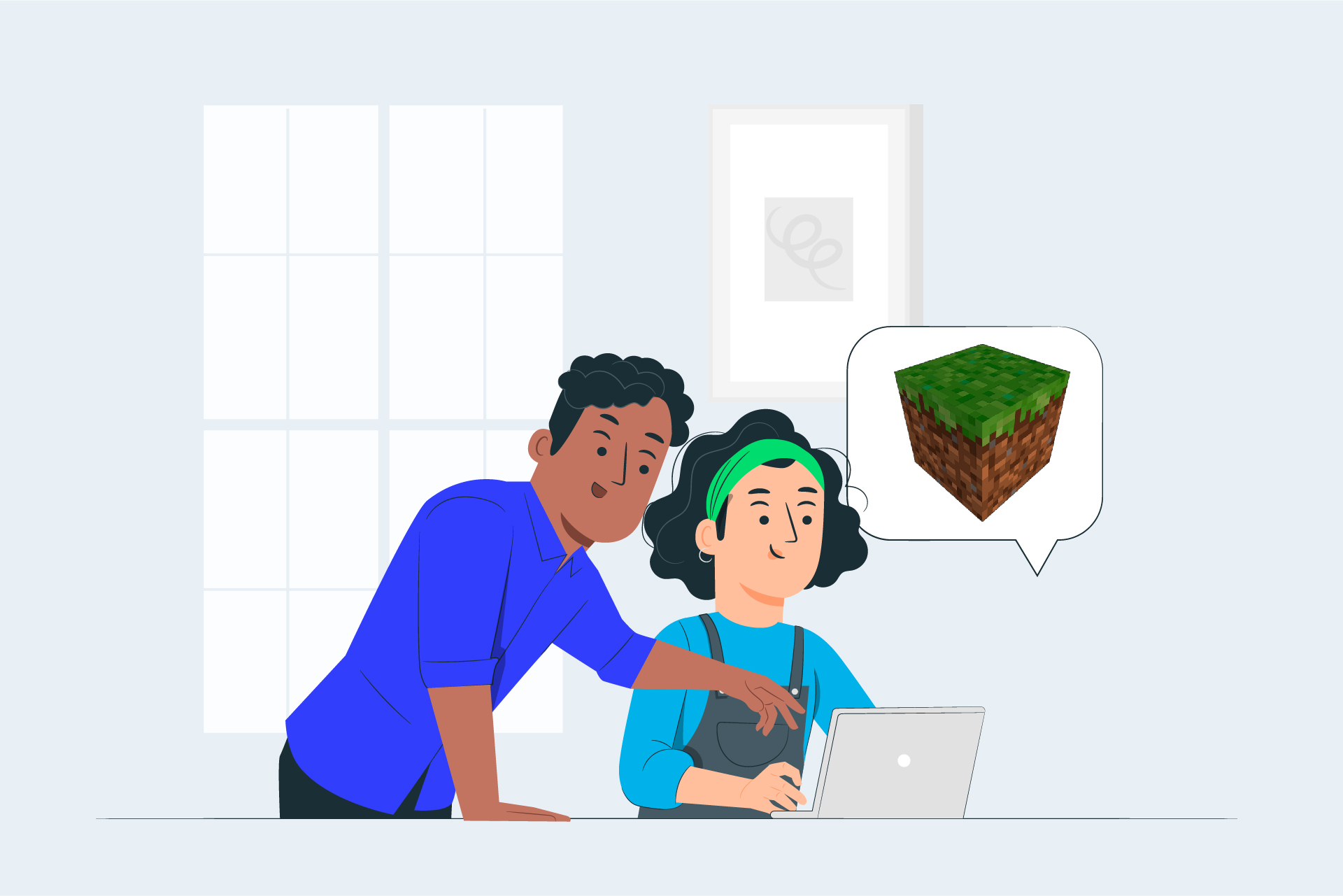It can be a constant struggle to find ways to engage your students while you assess their learning. But we all know that just saying the M word (Minecraft) in a classroom sparks unprecedented excitement in students no matter their age or stage.
Minecraft: Education Edition is an open-world game that promotes creativity, collaboration, and problem-solving in an immersive environment where the only limit is your imagination.
In this two-part blog, you’ll learn how to leverage Minecraft’s in-built assessment tools to better understand your learners, improve student agency, create two-way feedback opportunities and document authentic evidence of their learning.
Often when using a platform, we have to use third party tools to add a layer of assessment. The creators of Minecraft EE have teachers covered with a range of in-game assessment tools that students can add to their Inventory and get started using straight away.
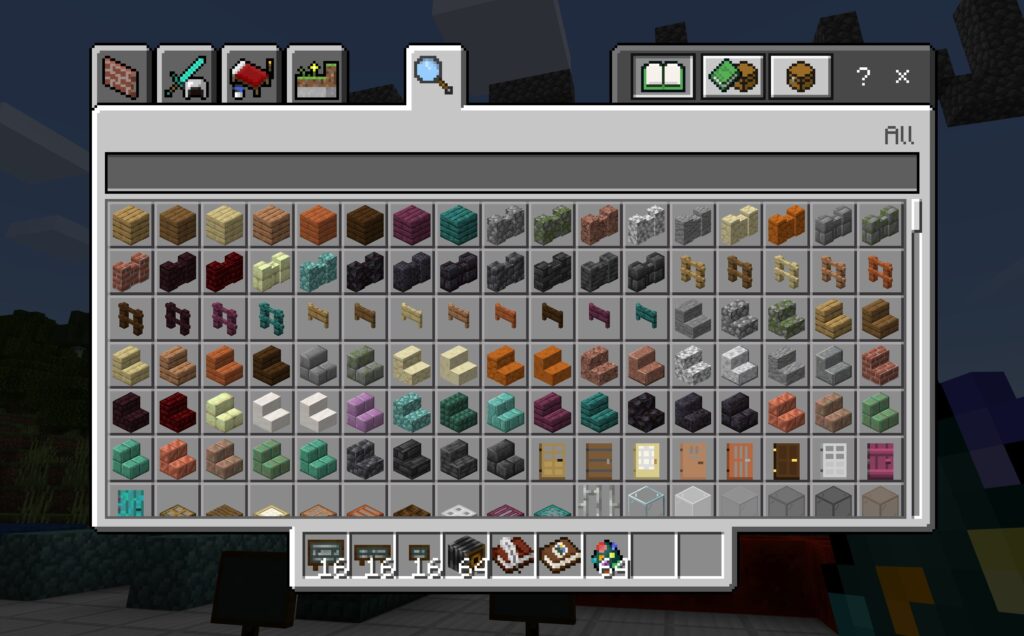
When in-game, get students to hit the e key to bring up the Inventory and add the following items to their Hotbar:
1. Camera, Portfolio, and the Book & Quill
2. Chalkboards
3. Non-Player Characters
1 Camera, Portfolio, and the Book & Quill
The Camera does exactly what it says on the box; it allows students to document their learning with photos and even selfies! This is ideal when they’ve completed a challenging build and want to snap a shot alongside it. If you are creating a multiplayer world, make sure to add lots of cameras dotted around for students to capture evidence of their learning.
The Portfolio allows students to pop multiple photos into a book and add short captions. This is perfect for documenting a design thinking process or a ‘before and after’ of a build or problem solved.
When you want students to elaborate on the visual aspects of a photo in more detail, the Book & Quill are where they can house longer text alongside their images. I like to use this one for literacy to create narratives, instructional texts or persuasive pieces (the Climate and Sustainability subject kit provides excellent provocation material for the latter).
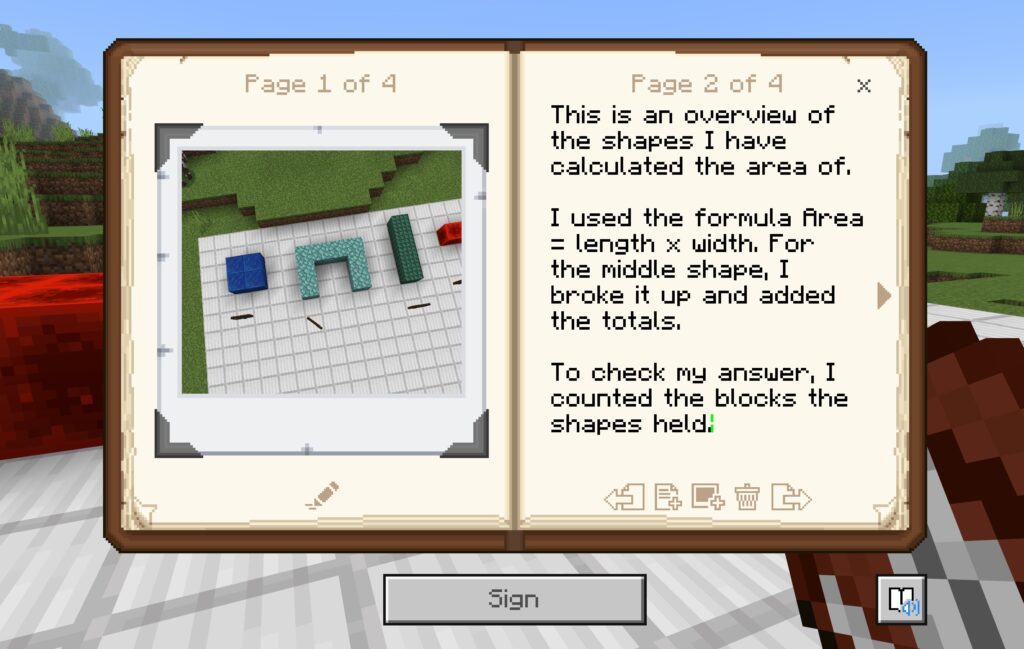
2 Chalkboards
To give direction, information, explicit instructions, or communicate learning goals throughout the game, there are two really handy tools we can use. The first are the Chalkboards which comprise Slates, Posters and Boards.
All three are text boards, their only difference being their size (listed smallest to largest). Creators can use these to respond to visual problems too. A great example of this is shown in the Area and Volume world – objects are built out and the students use the Chalkboards to record the corresponding formula to calculate their totals.
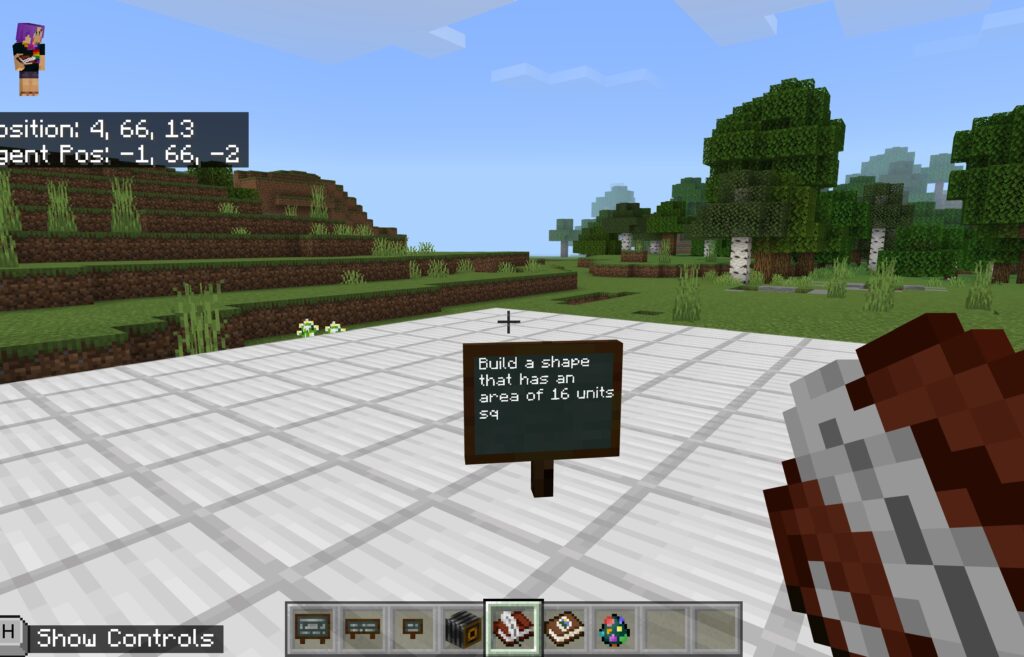
3 Non-Player Characters
Finally, we have Non-Player Characters (NPCs). These can be added to your Inventory as Spawn NPC. To do this, you need to be in Worldbuilder Mode which can be toggled on by opening the chat (press T) and typing /wb and enter. When you return to the game screen, you should see the status update to true as shown below.
NPCs are a great tool to give students direction and encouragement as you can add text guidance and links for them to interact with (more on this in 3 Ways to Innovate Formative Assessment with Minecraft: Part II).
A useful way to scaffold learning is to dot NPCs around the world and use them to provide links to content you want students to consume before attempting an in-game problem.
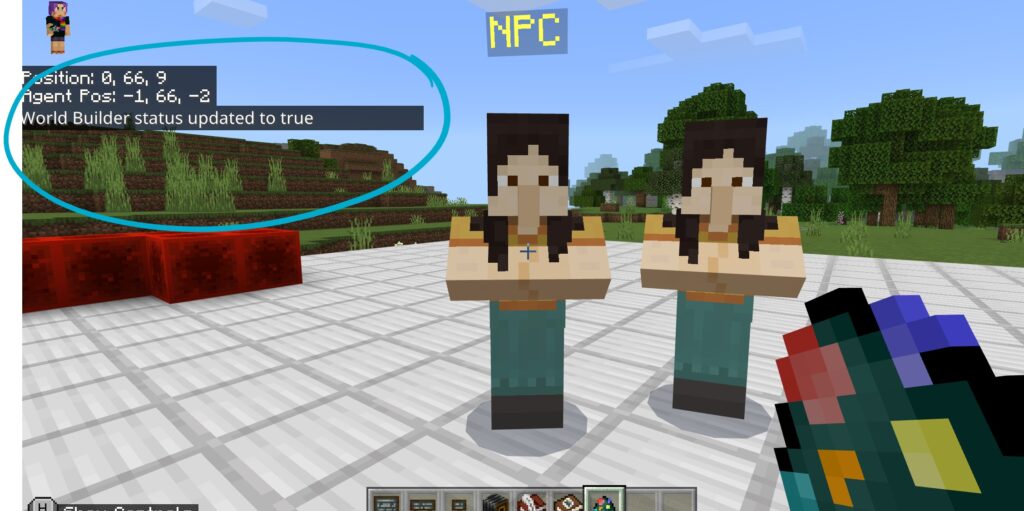
Click here > Minecraft Education Edition Assessment Tools
Click here > Learn on Demand Introduction to Minecraft Education Edition Course



